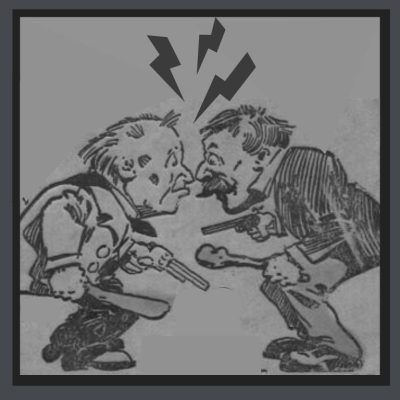 There are a lot of styles with crossover elements that can make them confusing to classify (and sometimes make architectural historians argue). Craftsman (1905-1930) and Tudor Revival (1890-1940) are two house styles that were popular around the same time period in the U.S., and you see elements of each in many homes since both styles “express the structure” in their design.
There are a lot of styles with crossover elements that can make them confusing to classify (and sometimes make architectural historians argue). Craftsman (1905-1930) and Tudor Revival (1890-1940) are two house styles that were popular around the same time period in the U.S., and you see elements of each in many homes since both styles “express the structure” in their design.
The most common crossover design element creating a Tudor/ Craftsman house connection is half-timbering, which is the exposed structure found in historic Tudor homes in Great Britain. This design element it can be found on many Craftsman style homes, although often as a faux version rather than actual structural components. Craftsman elements like brackets and wide eaves can also find their way into Tudor Revival homes. When classifying one or the other, the immediately noticeable difference is in the roof slope: Tudor Revival homes have a steep roof pitch while Craftsman homes have a lower roof pitch. Another distinction is that Craftsman homes have wide eaves and Tudor Revival commonly have little to no eave overhang. You can see some examples of Craftsman details here.
SOME EXAMPLES OF THE TUDOR CRAFTSMAN HOUSE CONNECTION
Below are some images of homes with both Craftsman and Tudor elements, each with a description below:
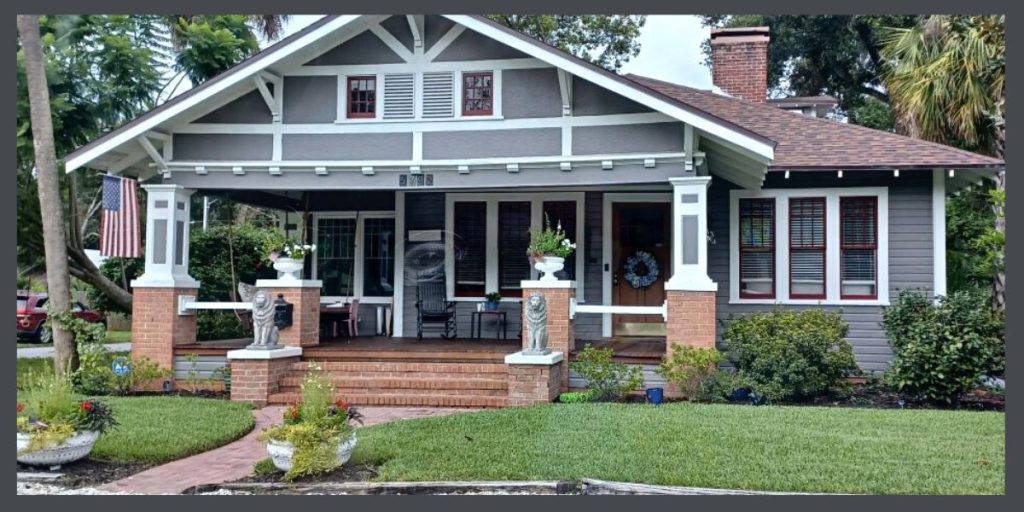
Craftsman bungalow with half timbering in the porch gable.
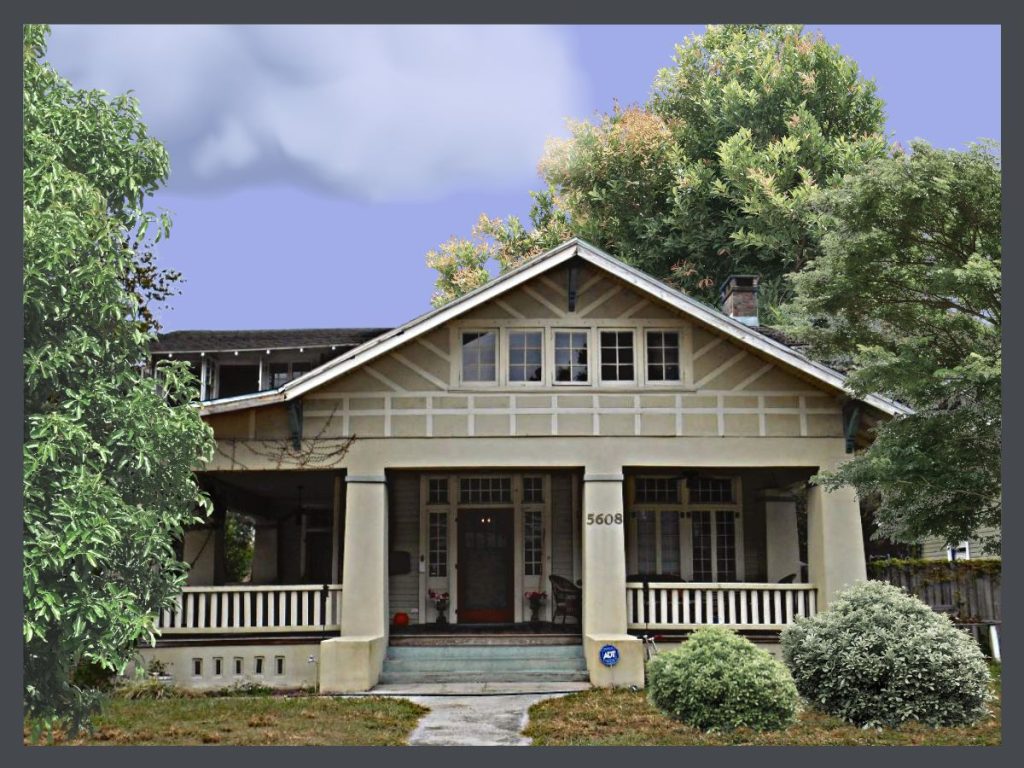
The half timbering in this gable end is a strong character defining feature of this Craftsman bungalow.
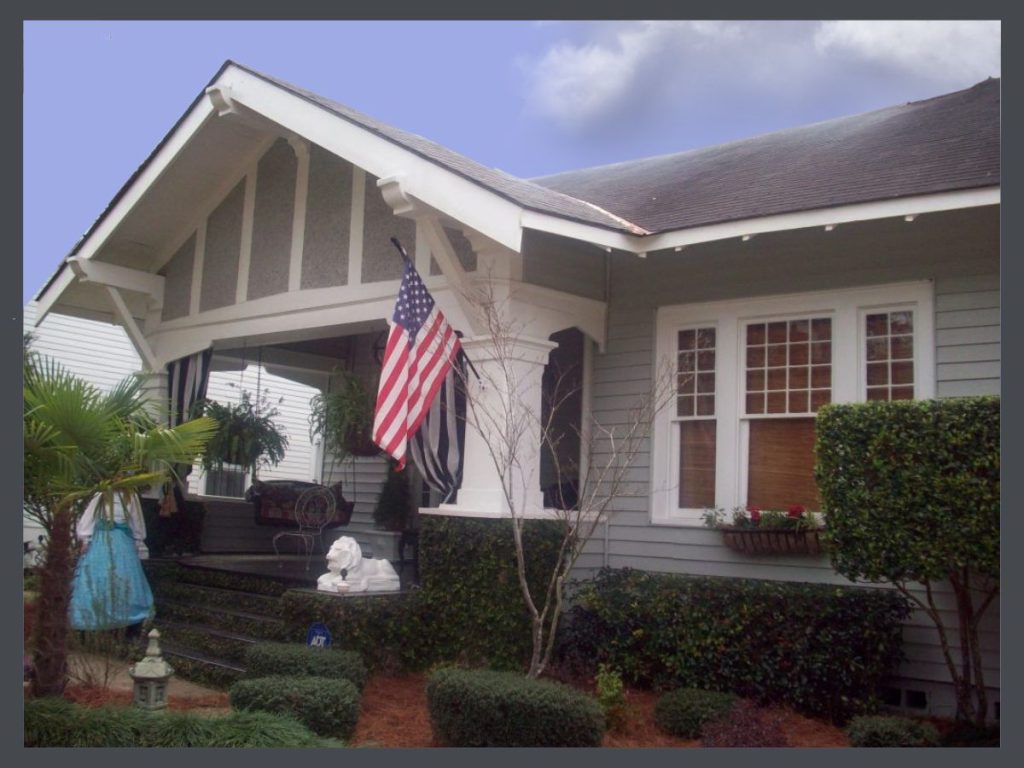
Craftsman bungalow with Tudor influenced gable ornament. This one has a steeper roof than many Craftsman homes, but I would still classify it as more Craftsman than Tudor Revival with wide eaves supported by eave brackets and beefy square columns.
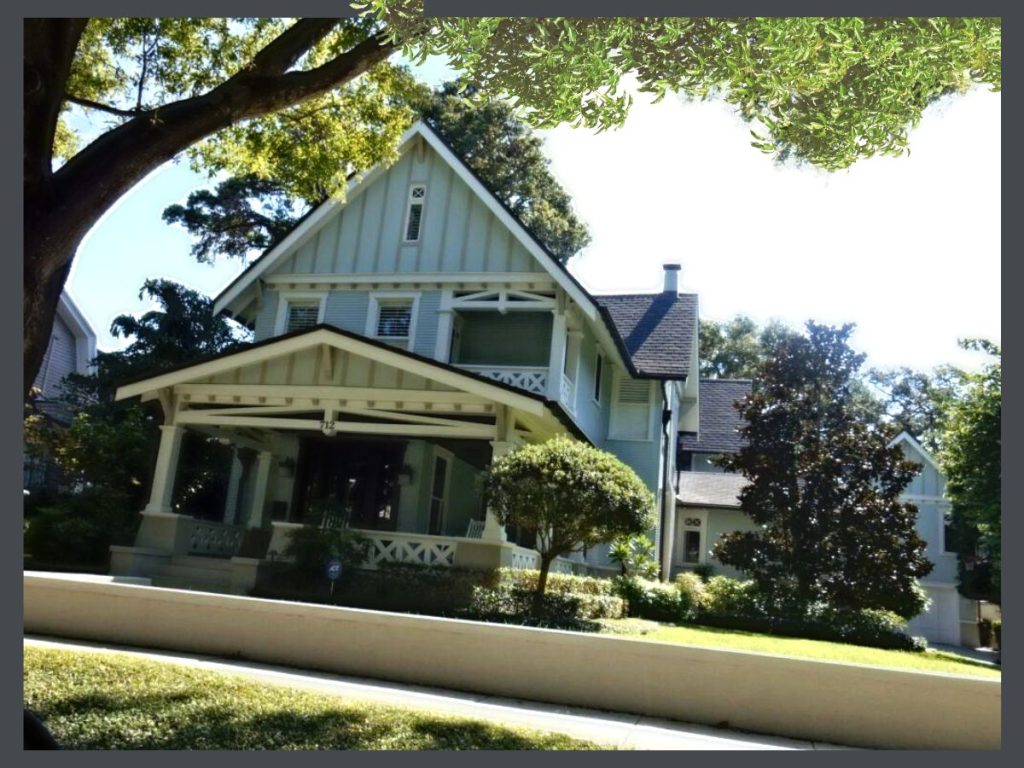
Tudor Revival home (note the steep main roof) with Craftsman style eave brackets and wide overhangs. I apologize for the wonky photo – just pretend I was being artsy and not clutzy.
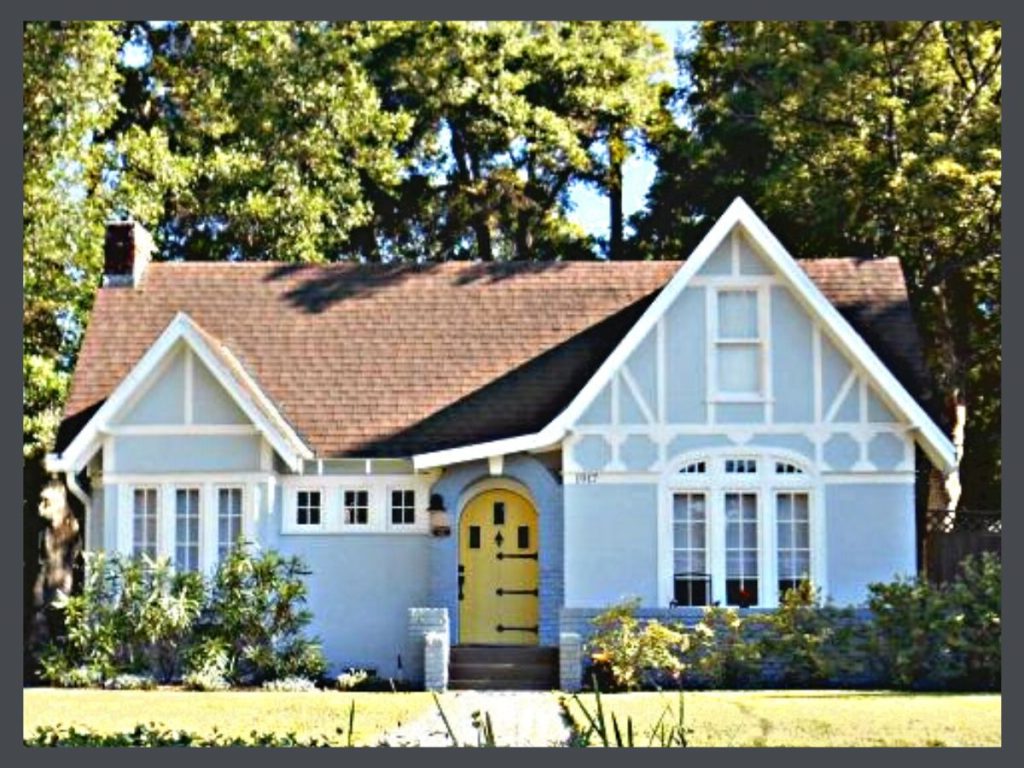
This little gem is a wonderful example of Tudor Revival with half timbering, but also has wider eaves than many of the style, with outriggers to support them.
![]()
 This article was written by Jo-Anne Peck of Preservation Resource, Inc. & Historic Shed. Jo-Anne is a historic preservation professional with a degree in Building Science, a Master’s of Fine Arts in Historic Preservation & a licensed Florida Building Contractor with over 25 years experience in preservation. She has kindly provided these photos & this information based her vast knowledge of bungalows.
This article was written by Jo-Anne Peck of Preservation Resource, Inc. & Historic Shed. Jo-Anne is a historic preservation professional with a degree in Building Science, a Master’s of Fine Arts in Historic Preservation & a licensed Florida Building Contractor with over 25 years experience in preservation. She has kindly provided these photos & this information based her vast knowledge of bungalows.
 STAY IN THE BUNGALOW KNOW!!! Sign up for our newsletter & receive our FREE E-book, 7 VITAL Things to Do Before You Hire a Contractor.
STAY IN THE BUNGALOW KNOW!!! Sign up for our newsletter & receive our FREE E-book, 7 VITAL Things to Do Before You Hire a Contractor.



Great article! I see a lot of this crossover in the Houston Heights neighborhood as well.
I am not familiar with it. I poked around online & have found mostly images from the commercial areas. I’d love to see it!